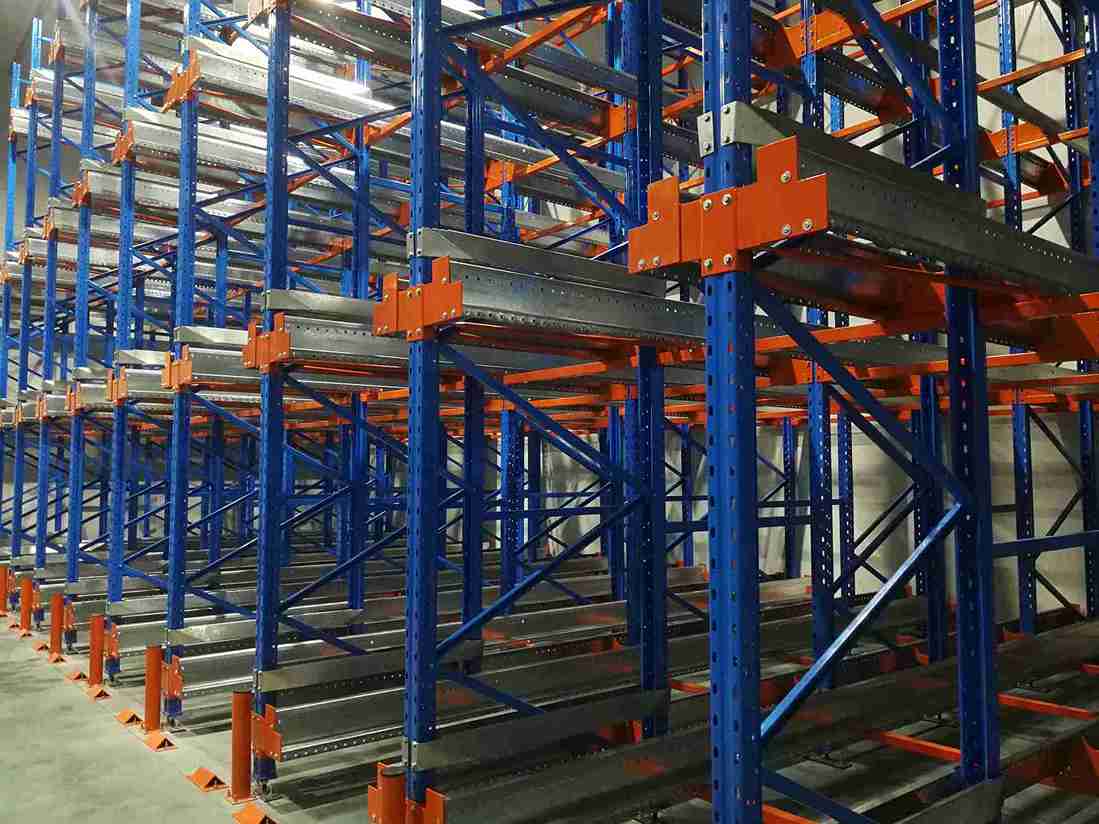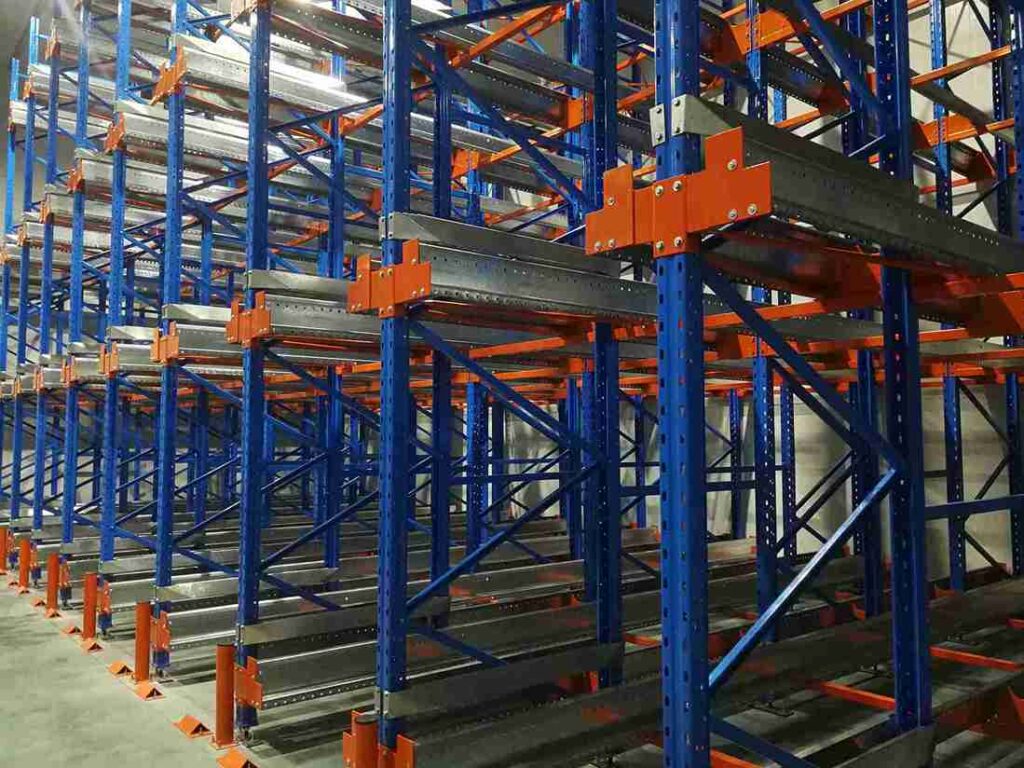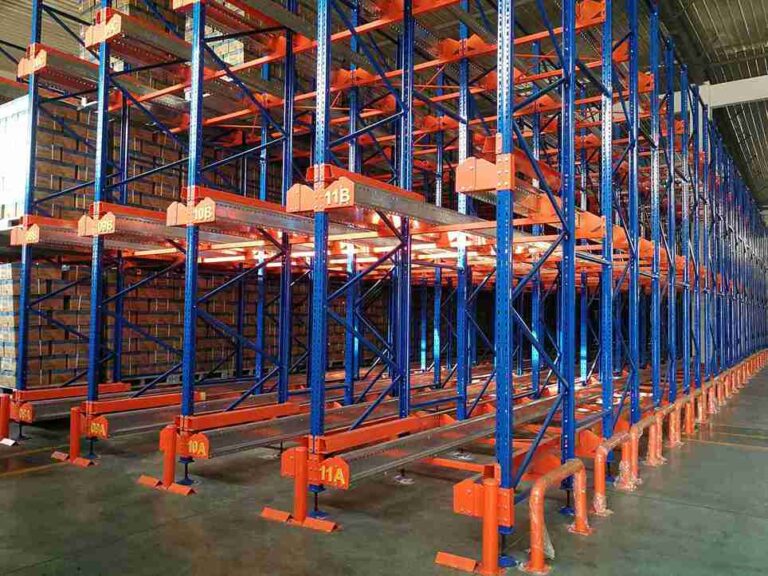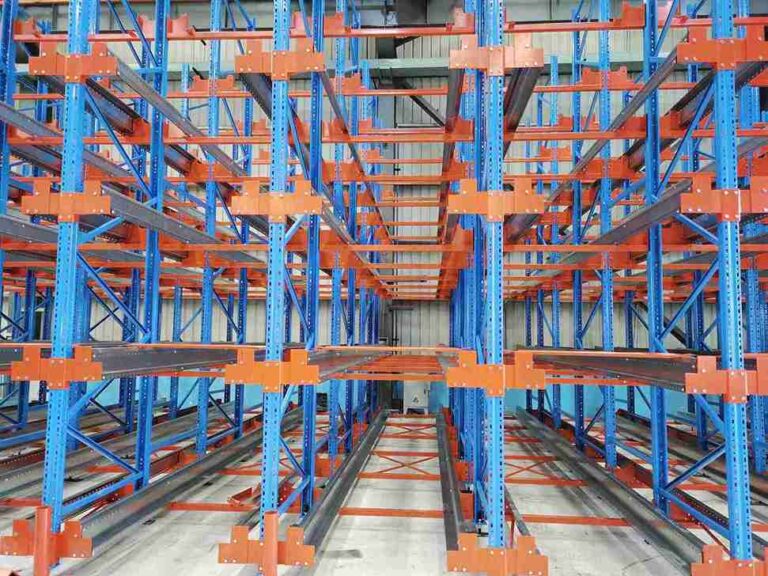📐 "First 50 Enterprise Queries Get Custom 3D Warehouse Design" Plan

Introduction: Decoding High-Density Storage Solutions
shuttle racking vs radio shuttle ,In today’s cutthroat logistics landscape, warehouse managers face a critical dilemma: shuttle racking vs. radio shuttle—which system delivers superior performance? While both technologies revolutionize pallet storage, their operational philosophies differ dramatically. This 9,000+ word guide dissects every nuance, empowering businesses to make multi-million dollar storage decisions with confidence.
Why This Comparison Matters Now
Global warehouse automation expenditures will hit 18/sq.ft annually in wasted space (MWPVL International).

H1: Shuttle Racking – The Semi-Automated Workhorse
H2: Engineering Behind Shuttle Racking Systems
Unlike conventional racking, shuttle racking employs electrically powered carts that traverse steel rails within storage lanes. A single shuttle services 8-32 pallet positions, eliminating 80% of forklift travel (Hänel Storage Systems data).
Key mechanical components:
- Rail-guided shuttle vehicles (500-1,500 kg capacity)
- RFID-enabled positioning sensors
- Interchangeable battery systems (24V/48V options)
H2: Real-World Performance Metrics
- Storage density increase: 60-75% vs. selective racking
- Throughput speed: 25 pallets/hour (single-shuttle operation)
- Operational cost: 0.22 for forklift)
H2: The Hidden Costs Nobody Talks About
While shuttle racking reduces labor needs, it introduces:
- Battery maintenance cycles (every 500 operating hours)
- Lane depth limitations (beyond 25 pallets, efficiency drops 22%)
- Temperature sensitivity (performance degrades below -15°C)
H1: Radio Shuttle – The Autonomous Storage Revolution
H2: Next-Gen Automation Explained
Radio shuttle systems represent the third wave of warehouse automation, featuring:
- Self-charging robotic shuttles
- Cloud-based traffic management
- Predictive load balancing algorithms
A leading automotive parts distributor achieved 97.3% retrieval accuracy after implementing radio shuttle technology (Case study: KNAPP AG).
H2: When Radio Shuttle Outperforms
- Ultra-deep lane configurations (50+ pallet positions)
- 24/7 dark warehouse operations
- Pharmaceutical-grade inventory tracking
H2: The Automation Paradox
Despite advantages, radio shuttle systems face adoption barriers:
- $250,000+ minimum viable implementation
- 18-24 month ROI timelines
- Specialized technician requirements
H1: Shuttle Racking vs. Radio Shuttle: 11 Critical Comparison Points
| Comparison Dimension | Shuttle Racking | Radio Shuttle |
|---|---|---|
| Maximum Lane Depth | 25 pallets | 60+ pallets |
| Pallets/Hour (Single Lane) | 25 | 45 |
| Floor Space Utilization | 72% | 89% |
| Labor Reduction | 40% | 85% |
| Temperature Tolerance | -15°C to 45°C | -30°C to 55°C |
| WMS Integration | Basic | Advanced AI |
| Peak Power Demand | 3.2 kW | 5.7 kW |
| Failure Recovery Time | 2-4 hours | 8-12 hours |
| Pallet Size Flexibility | ±15% variance | ±5% variance |
| System Scalability | Modular | Cluster-based |
| Cybersecurity Risks | Low | Critical |
H1: Industry-Specific Applications
H2: Food & Beverage Sector
- Shuttle racking dominates brewery aging warehouses (85°F environments)
- Radio shuttle prevails in frozen food distribution (-22°F operations)
H2: Automotive Manufacturing
- Just-in-time parts: Shuttle systems (15-20 min retrieval)
- Bulk component storage: Radio shuttle (98% space utilization)
H2: Pharmaceutical Storage
- Radio shuttle’s clean-room compatibility beats shuttle racking in FDA audits
H1: The Future of Shuttle Technologies
H2: Emerging Innovations
- Hydrogen-powered shuttles (Pilot: Toyota Material Handling)
- Swarm intelligence systems (5G-enabled coordination)
- Self-diagnosing shuttles (IoT vibration analysis)
H2: Market Projections
- Shuttle racking to grow at 7.2% CAGR through 2030
- Radio shuttle segment accelerating at 14.8% CAGR
H1: Decision Framework: Which System Wins?
H2: The 5-Point Selection Algorithm
- Pallet volume threshold: <500/day = shuttle; >500 = radio
- SKU concentration: High mix favors shuttle
- Facility lifespan: <5 years = shuttle; 5+ = radio
- Labor costs: >$18/hr justifies radio shuttle
- IT infrastructure: ERP integration needs
H2: Cost-Benefit Simulation
A 150,000 sq.ft warehouse would experience:
- Shuttle racking: 380k annual ops
- Radio shuttle: 210k annual ops
- Break-even point: 28 months
Conclusion: Beyond the Shuttle Racking vs. Radio Shuttle Debate
The storage system decision ultimately hinges on operational DNA. Shuttle racking remains the pragmatic choice for flexible mid-sized operations, while radio shuttle delivers unmatched automation for scale players.
Forward-thinking operations should evaluate hybrid implementations, where shuttle systems handle fast-moving SKUs while radio shuttles manage deep storage reserves.
FAQs: Expert Insights
1. Can existing racking convert to shuttle systems?
Retrofitting selective racking for shuttle racking costs $18-22 per sq.ft, while radio shuttle conversions require complete reengineering.
2. What shuttle system failures occur most frequently?
- Shuttle racking: 63% battery issues
- Radio shuttle: 41% communication errors
3. How do seismic factors affect shuttle choices?
Radio shuttle’s distributed weight profile withstands Zone 4 seismic activity 37% better than shuttle racking.
4. What’s the true energy consumption difference?
Radio shuttle consumes 22% more power but achieves 3.1x better energy-per-pallet efficiency.
5. Which system better accommodates pallet imperfections?
Shuttle racking tolerates 3x more pallet deformation before jamming occurs.




